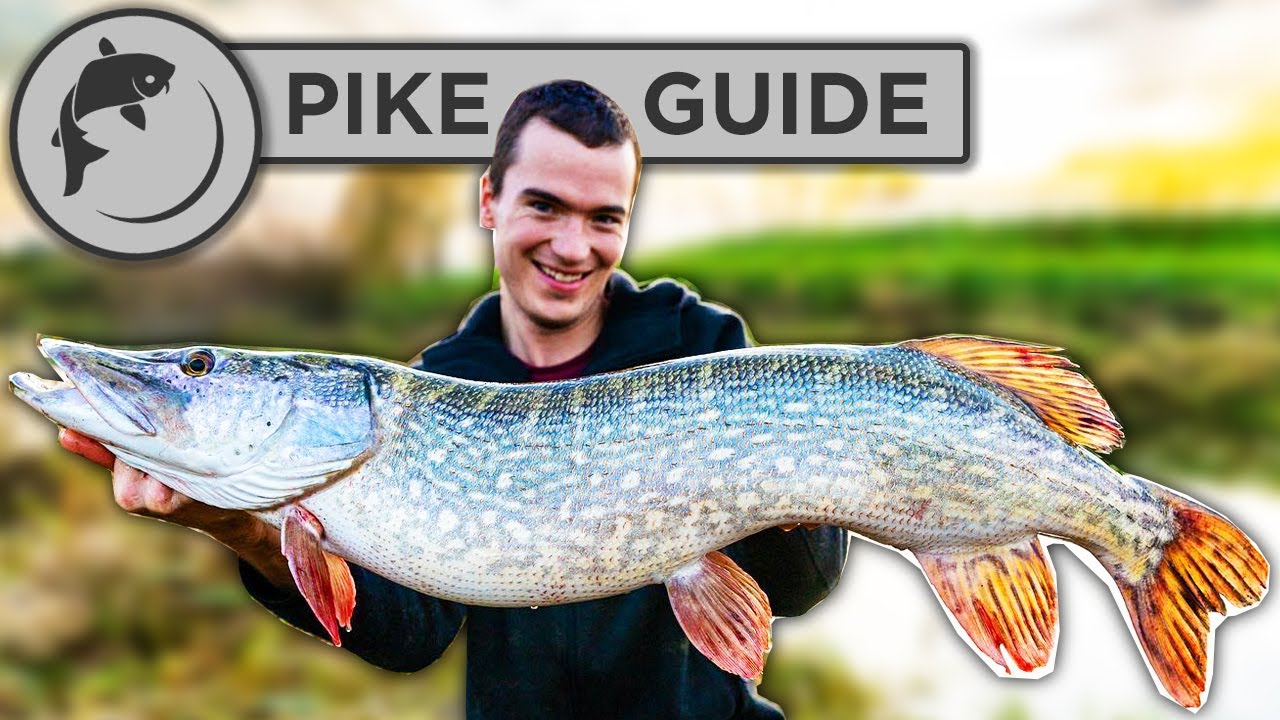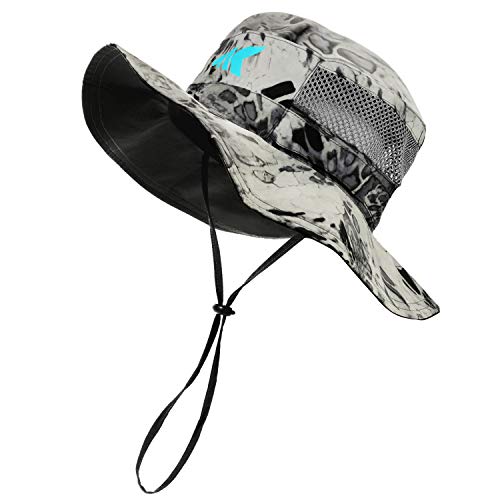Northern Pike Fishing Guide: Techniques, Tips, and Insights
Northern Pike Fishing Guide
Northern Pike, known for their aggressive behavior and impressive size, are a favorite among freshwater anglers. In this guide, we delve into everything you need to know to successfully catch Northern Pike, from understanding their behavior to choosing the right equipment and techniques.
Understanding Northern Pike
Habitat and Distribution
Northern Pike are commonly found in freshwater lakes, rivers, and reservoirs across the Northern Hemisphere. They prefer clear, weedy environments where they can ambush prey. Key locations include:
- Lakes: Look for pike in shallow, weedy bays during the spring and fall.
- Rivers: Target slow-moving waters with plenty of vegetation.
- Reservoirs: Focus on the weedy coves and inlets.
Behavior and Feeding Patterns
Pike are opportunistic predators with a preference for ambushing their prey. Their diet mainly consists of smaller fish, but they are also known to consume amphibians, small mammals, and even birds. Understanding their feeding patterns can significantly enhance your fishing strategy:
- Spring: Post-spawn, pike are hungry and can be found in shallow waters.
- Summer: As temperatures rise, pike retreat to deeper, cooler waters.
- Fall: Pike return to the shallows to feed aggressively in preparation for winter.
- Winter: Ice fishing for pike can be productive if you find their deep-water haunts.
Essential Gear for Northern Pike Fishing
Rods and Reels
Selecting the right rod and reel is crucial for pike fishing. Opt for medium to heavy action rods with a strong backbone to handle the pike’s powerful runs.
- Rod: A 6-9 foot medium-heavy to heavy action rod is ideal.
- Reel: Use a sturdy baitcasting or spinning reel with a strong drag system.
Line
Pike have sharp teeth, so using a strong line is essential. Braided line is preferred for its strength and sensitivity.
- Main Line: 30-50 lb braided line.
- Leader: 12-24 inch steel or fluorocarbon leader to prevent bite-offs.
Lures and Baits
Choosing the right lures and baits can make a significant difference in your success rate.
- Spinnerbaits: Effective for covering large areas and provoking strikes.
- Crankbaits: Ideal for imitating baitfish and exploring various depths.
- Soft Plastics: Versatile and can be rigged weedless for fishing in heavy cover.
- Live Bait: Large minnows, suckers, and shiners are highly effective, especially in colder water.
Proven Techniques for Catching Northern Pike
Casting and Retrieving
Casting and retrieving is a dynamic and engaging method for pike fishing. Focus on areas with plenty of cover such as weed beds, fallen trees, and rock structures.
- Slow Retrieve: Use a steady, slow retrieve to mimic injured prey.
- Jerking: Incorporate occasional jerks to trigger reaction strikes.
Trolling
Trolling is effective for covering large areas and locating active pike.
- Speed: Maintain a speed of 1.5-3 mph.
- Depth: Use deep-diving lures or weights to reach desired depths.
Fly Fishing
Fly fishing for pike offers a unique challenge and can be extremely rewarding.
- Fly Rod: Use an 8-10 weight fly rod.
- Flies: Large streamers and poppers work well.
Ice Fishing
During winter, ice fishing for pike can be highly productive.
- Tip-Ups: Set multiple tip-ups baited with live minnows.
- Jigging: Use heavy jigs tipped with soft plastics or live bait.
Safety and Conservation
Handling Pike
Pike have sharp teeth and a strong jaw. Use caution when handling to avoid injury.
- Tools: Use long-nose pliers and jaw spreaders.
- Support: Hold the fish horizontally, supporting its belly to prevent internal injury.
Conservation Practices
Practice catch and release to help maintain healthy pike populations.
- Quick Release: Minimize handling time and return the fish to the water promptly.
- Proper Gear: Use barbless hooks to reduce injury.
Frequently Asked Questions
What is the best time of year to fish for Northern Pike?
The best time for pike fishing is during the spring and fall when they are in shallow waters. Early morning and late afternoon are prime times to fish.
What type of habitat do Northern Pike prefer?
Northern Pike thrive in clear, weedy environments in lakes, rivers, and reservoirs.
What is the recommended tackle for Northern Pike fishing?
Use a medium-heavy to heavy action rod, a sturdy reel, 30-50 lb braided line, and a steel or fluorocarbon leader.
How can I handle Northern Pike safely?
Use long-nose pliers and jaw spreaders to handle pike carefully. Support the fish horizontally to avoid injury.
What are the most effective lures for Northern Pike?
Spinnerbaits, crankbaits, soft plastics, and live bait are all highly effective for Northern Pike.
By following these guidelines and techniques, anglers can enhance their Northern Pike fishing experience, ensuring both success and sustainability.































